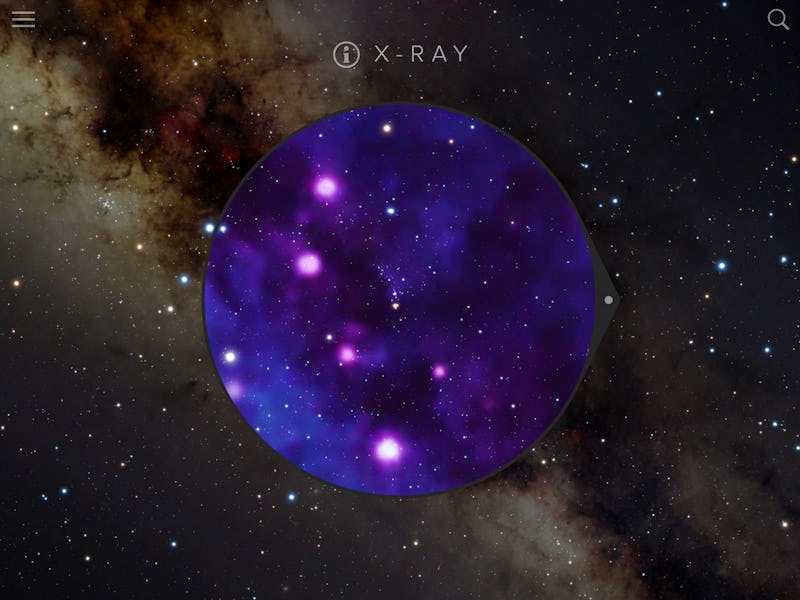The 5 Best Augmented Reality Apps That Aren’t 'Pokemon GO'
Make your first AR experience more fulfilling.

This week, augmented reality gaming went viral as Pokémon GO took over neighborhoods and colonized cities. The mobile game is already more popular than Tinder and will likely surpass Twitter in daily active users. It has become the point of a spear, the first AR product to draw blood from a consumer base large corporations had bet would be running in the direction of VR, donning headsets instead of staring more intently at smartphones.
One could argue that Pokémon GO encourages people to interact even more with their phones, but it also encourages them to get outside, to interact with other people, and to explore new locations, some of which are not altogether welcoming. And its overwhelming popularity makes sense, despite the game’s relative simplicity. It is affordable, it is social, and it capitalizes on nostalgia, which accounts for both its popularity and users’ willingness to overlook glitches.
Leading AR headset companies like Magic Leap are undoubtedly drooling, but those companies — and even Microsoft with its HoloLens — aren’t going to make it to mass market any time soon. Until they do, people eager for alternative AR smartphone experiences have a limited number of options.
While these other AR apps may not provide users with a nostalgic buzz, they will make smartphone-led tourism and exploration more fulfilling.
Sky Guide
Sky Guide is an AR space exploration app. It won an Apple Design Award in 2014 — and for good reason. Smartphone cameras become annotated star, planet, and constellation guides. Sky Guide doesn’t just encourage people to walk around their neighborhood — this app encourages people to actually get out of the city, away from the light pollution. In addition, the app includes tons of information on space. Users can control time to track constellations across the sky, or pinpoint the ISS and watch its orbit. Constellations are about as real as Pokémon, but more romantic. Get out and find Taurus, not another Rattata.
Field Trip
If you have Google Glass (you don’t!), Field Trip is a great AR experience. But even without Glass, though, it’s rewarding. Field Trip is another Niantic app designed to highlight neat and nearby architecture, history, food, and more. It’s a new way to explore cities, though it’s no doubt wreaking havoc for local tour guides. For independent but inquisitive travelers, this is a dream app. It could benefit from the next app’s AR feature, though.
Yelp - Monocle
If you’re ever so hungry or rushed that you don’t have time to select filters and scroll through a list, Yelp has an AR feature to make finding food and attractions quick and painless. It’s called Monocle, and it’s located in the “More” section of the app. Restaurants and bars project onto the smartphone’s camera viewfinder. When the phone is parallel to the ground, the camera shuts off and the map reappears. It’s useful, albeit a little clunky.
Ingress
Ingress is Pokémon GO’s clearest predecessor and another Niantic creation. It’s an open-world AR game of high-tech capture the flag. It’s not quite as straightforward as Pokémon GO, which could explain why it failed to amass a significant cultish following.
Project Tango
Google, being Google, recognized that AR mobile games would take off. It teamed up with Lenovo to bring the world an AR-dedicated phone. Project Tango goes way beyond basic smartphone AR apps: Tango maps out physical spaces in three dimensions, so games become part of the environment. With Tango, Pokémon GO would be a lot more interesting: the creatures would pop out from hiding spots, or live within your apartment’s cupboards. But, as the video above demonstrates, Tango’s success doesn’t live or die with Pokémon. Given the extra hardware, it won’t be easy for Tango to take off. But given the superior technology and experience, it really should.